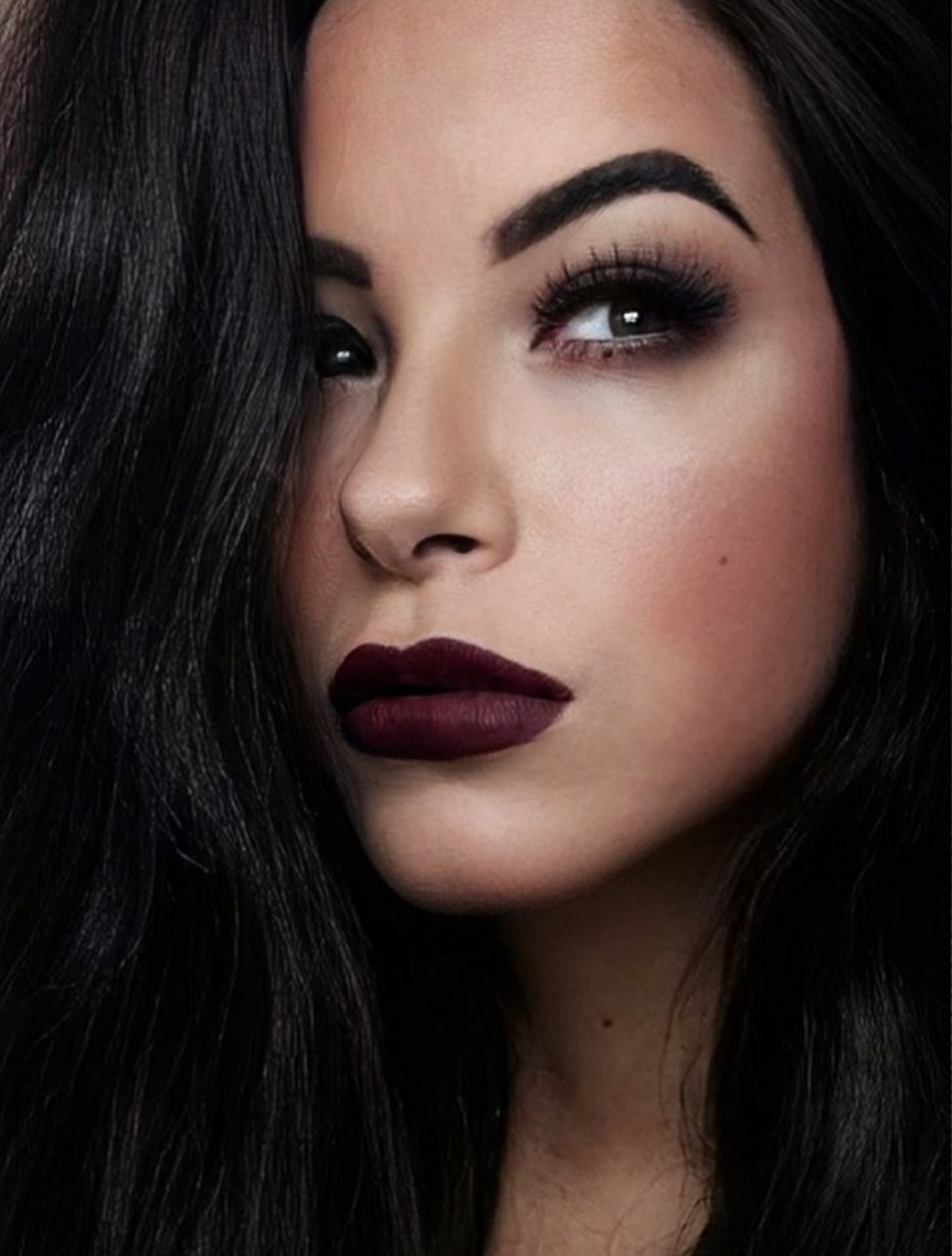The Truth About the Witching Hour: History, Misconceptions & Magical Significance
- Avanjia

- Mar 15
- 4 min read
Throughout history, the phrase "witching hour" has been used to evoke mystery, fear, and fascination. In modern times, social media and pop culture have popularized the belief that the witching hour falls between midnight and 3 AM, a time often associated with paranormal activity, ghostly encounters, and heightened spiritual energy. However, this widespread belief is not historically accurate.
The Historical Witching Hour: What It Really Is
The true and traditional witching hour is not from midnight to 3 AM. Historically, the term "witching hour" was used to describe a time when witches, spirits, and supernatural forces were believed to be most powerful. This period was actually linked to the time between dusk and dawn, but more specifically, the hours surrounding
3 AM to 4 AM or the hour after midnight, depending on the source and region.
The idea that this was the time of heightened magical activity comes from European folklore and religious beliefs that condemned witchcraft. During the 16th and 17th centuries, as the fear of witches grew, the Catholic Church played a role in associating nighttime activities with demonic forces.
Some key historical points:
The “witching hour” originally referred to 3 AM to 4 AM in some regions, as this was believed to be a direct inversion of the holy hour of 3 PM, which was said to be the time of Christ’s death.
Other sources reference the witching hour as occurring at midnight because it marks the start of a new day, a liminal time when the veil between worlds is thinner.
The church banned activities at night because it was believed that witches and supernatural entities operated under the cover of darkness.
Midnight to 3 AM: A Modern Invention
Despite what modern ghost-hunting shows and social media claim, there is no historical basis for the witching hour lasting from midnight to 3 AM. This timeframe appears to have been popularized by the horror genre, particularly movies and TV shows that depict hauntings or demonic encounters happening around this time.
The 3 AM myth likely stems from the idea that it is the “Devil’s Hour,” the opposite of 3 PM, which is associated with divine power. While some practitioners may experience heightened energy at this time, it is not the traditional or sole “witching hour.”
Why the Witching Hour Matters in Witchcraft
For those practicing witchcraft, timing plays an important role in spellwork, divination, and spirit communication. The true witching hour is best understood as the time when the veil between the physical and spiritual worlds is at its thinnest, allowing for greater connection with otherworldly energies.
What makes the witching hour powerful?
Liminal Time: The transition from one day to the next, especially at midnight, holds great magical significance as a moment of change.
Deepest Darkness: Between 3 AM and 4 AM, the world is at its quietest, making it easier to attune to spiritual energies.
Natural Stillness: Many magical practitioners work at night because distractions are fewer, making energy work more effective.
Different cultures and practices interpret the witching hour differently, but many witches find that their personal energy and connection to magic dictate when their “witching hour” truly occurs.
Misconceptions About the Witching Hour
Because of modern reinterpretations, there are many misconceptions about the witching hour that need to be clarified:
Misconception #1: It’s always 12 AM to 3 AM.
Truth: Historically, it varied, with most references pointing to either midnight or 3 AM to 4 AM as the peak time for supernatural activity.
Misconception #2: The witching hour is only for witches.
Truth: While the name implies a connection to witchcraft, many cultures and spiritual traditions recognize late-night hours as sacred times for spirits, ancestors, and deities.
Misconception #3: It’s an evil or demonic time.
Truth: The witching hour is not inherently dark or evil. It is a time of heightened spiritual activity that can be used for any type of energy work, whether light or shadow-focused.
Misconception #4: Everyone experiences it the same way.
Truth: Some practitioners feel the most energy at midnight, others at 3 AM, and some at dawn. The best way to determine your own witching hour is through experience, observation, and personal practice.
How to Work with the True Witching Hour
If you want to embrace and work with the witching hour in its true form, consider the following:
1. Observe Your Own Energy
Pay attention to when you feel most connected to magic and spiritual energy.
Keep a journal of dreams, experiences, and insights during nighttime hours.
2. Experiment with Different Times
Try meditating, casting spells, or doing divination at midnight, 3 AM, and 4 AM to see what resonates most with you.
Work with different lunar phases to enhance your energy.
3. Use the Stillness to Your Advantage
The world is quieter at night, making it an ideal time for deep introspection, spirit work, and manifestation rituals.
4. Acknowledge Cultural and Historical Context
Recognize that the witching hour has evolved and that its meaning can shift depending on tradition, region, and personal practice.
Embracing the Witching Hour for What It Truly Is
The witching hour is not a fixed time dictated by horror movies or social media trends. It is a fluid and deeply personal experience rooted in history, folklore, and spiritual practice. While midnight and 3 AM do carry strong energies, the real power lies in understanding your own connection to these liminal hours and using them intentionally in your practice.
By moving beyond modern misconceptions, we can reclaim the true witching hour and use it to deepen our craft, strengthen our intuition, and connect with the energies that surround us.
Blessed Be, Avanjia





.png)



Comments